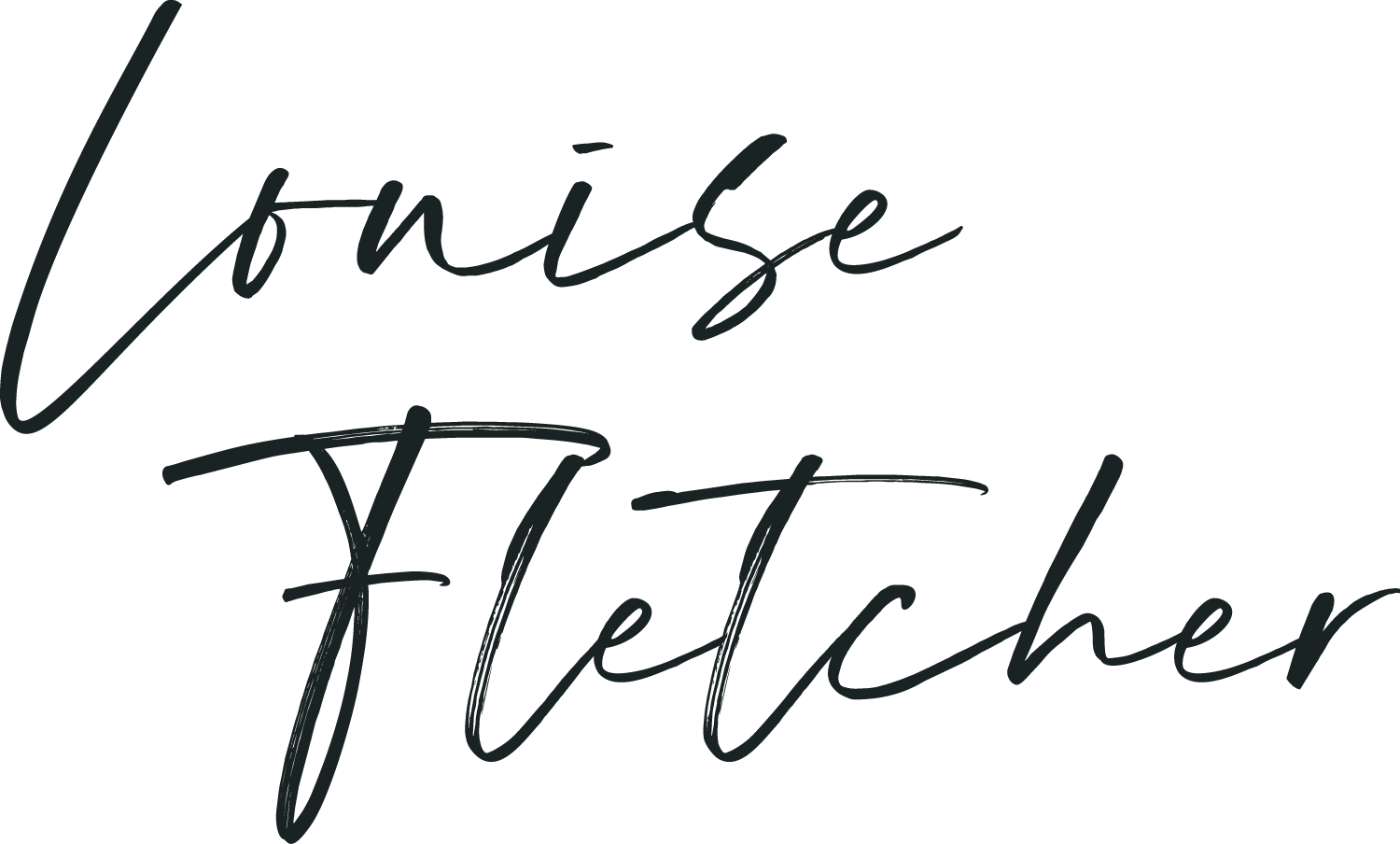This is totally the wrong question
Artists often experience an unspoken pressure to justify everything they make. Maybe this comes from your spouse or your friends, perhaps it comes from your gallery, or maybe it's just in your own mind.
This week, I shared a video on YouTube about my Gelli plate techniques (see below). This is one of my favorite ways to let off creative steam and experiment with colours, marks, and layers. Almost immediately, I got several responses asking, “What will you do with these papers?" and "Will you sell them or use them in larger paintings?”
While these questions might seem innocent, they point to a broader issue. These people are saying that all creative work should have a purpose, a final destination—whether that’s a finished piece for sale, a stepping stone to something larger, or a part of a cohesive portfolio. But this mindset severely limits our creative growth.
In reality, some of your most important work as an artist is play. Whether you’re messing around with Gelli plates, doodling in a sketchbook, or experimenting with new materials, these seemingly "purposeless" activities provide the foundation for creativity. Often, these sessions don't produce immediately usable results—but that doesn't mean they aren't valuable.
The Problem with Always Having a Plan
When the goal is always to sell, show, or complete a piece of work, you risk limiting yourself. The Gelli plate sessions, for example, are a way for me to explore without worrying about the outcome. I don’t approach the plate thinking, “How will this fit into a larger painting?” or “Can I sell this later?” Instead, I simply get lost in the process.
This 'getting lost' can’t happen if you’re constantly concerned with the “usefulness” of what you’re making. For artists, the pressure to justify every brushstroke can become a creative chokehold. Instead of seeing your work as a playground, you're forced to think of it as a production line. But art is not a factory output—it’s a fluid and dynamic process. And to evolve as an artist, you need space to explore freely without worrying about the final product.
Reframing the Question
Instead of asking what you'll do with a piece of art, it’s more useful to ask, “What did I learn from making it?”
Every experiment, whether successful or not, offers something valuable. Gelli plate sessions, for example, might teach you about color layering, drawing, composition and mark making. You might develop techniques that feed into future paintings, or you might simply clear your mind, giving you the mental space for new ideas to appear.
The Art of Creative Play
Allowing myself to create without a purpose is an essential part of my artistic growth. It’s where I feel free to try new things, and where new ideas are born. When someone asks, “What will you do with this?” My response is usually, “probably nothing."
This answer is so important. It's sometimes tough to escape the expectations of others (or those we place on ourselves) but art-making really does require an exploratory, curious approach with plenty of room for happy accidents and learning. So every time someone asks me 'what will you do with that?" I will answer the same way.
"Probably nothing."

